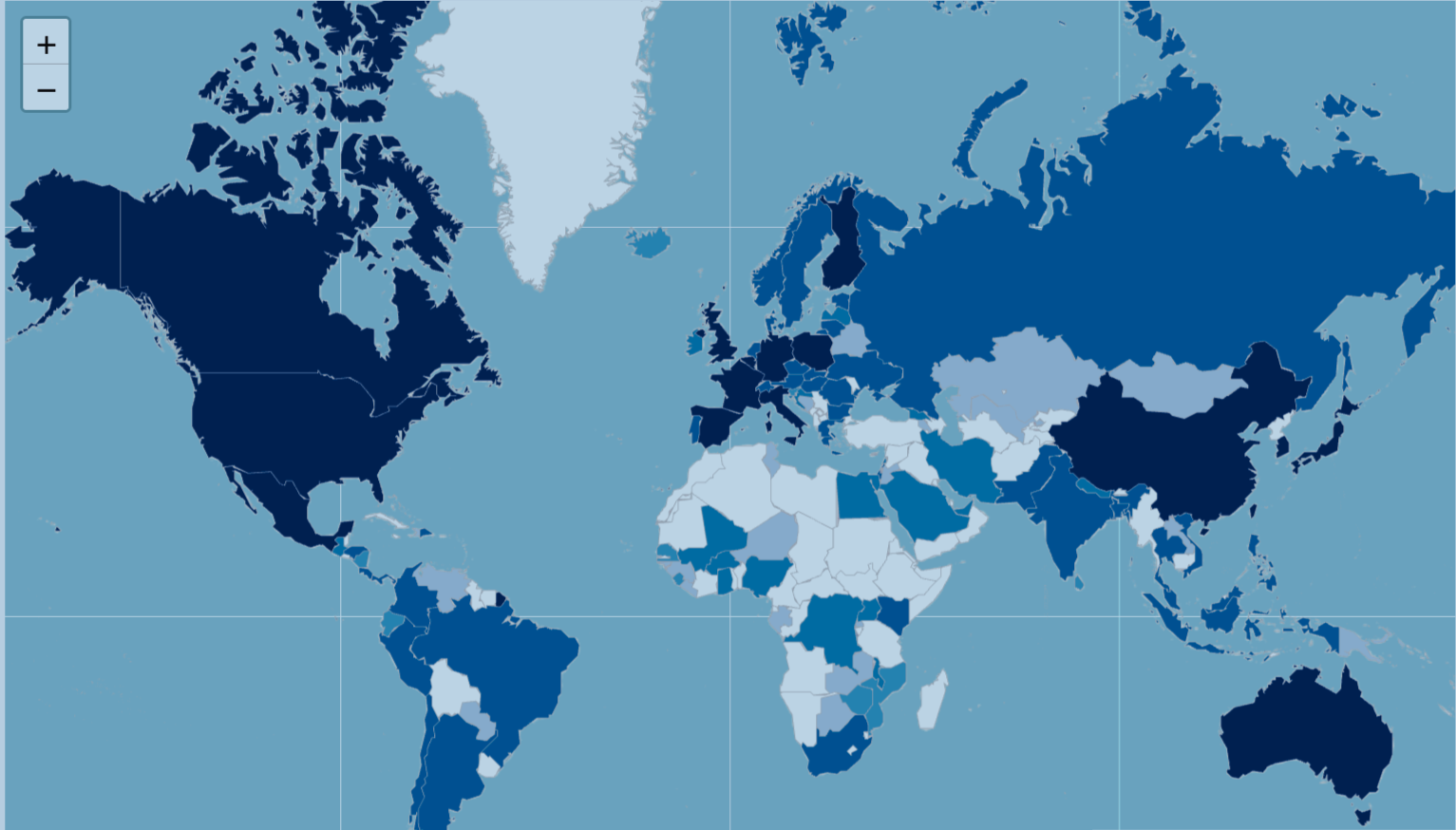Quality-Adjusted Life Years (QALYs) are a cornerstone concept in health economics. They measure the value of medical treatments by considering both how long people live and how well they live during that time.
In many countries, QALYs are used to assess the cost-effectiveness of healthcare options. They help guide decisions about insurance coverage, treatment choices, and public health programs, ensuring that resources are allocated where they have the greatest impact.
How QALYs Work
A QALY is calculated by multiplying the number of years someone spends in a particular health state by a utility value between 0 and 1, where 0 represents death and 1 represents perfect health.
For example, living two years with a quality-of-life score of 0.6 equals 1.2 QALYs. This helps illustrate how treatments can extend life, improve quality of life, or achieve both.
Measuring Health Utility
Determining utility values is a central part of QALY measurement. Three common methods are used:
- Time trade-off: how many years of life someone would give up to avoid a certain health condition.
- Standard gamble: the level of risk of death a person would accept to avoid living with that condition.
- Visual analog scale: rating health states on a numerical scale.
These methods rely on people’s preferences and perceptions, since health is deeply personal and difficult to measure objectively.
Global Use and Policy Debate
QALYs are used in more than 80 countries, including the United Kingdom, Canada, and Australia, to inform healthcare funding and coverage decisions. In the United States, however, their use has been limited due to concerns that they may undervalue the lives of people with disabilities or chronic conditions – and this has fueled an ongoing debate about how we measure the value of health and whose perspectives are reflected in those measures.
Exploring Alternatives
As a result, new approaches are being explored. Equal Value of Life Years Gained (EVLYG) values each additional year of life equally, regardless of health quality. Health Years in Total (HYT) combines years lived and quality of life in an additive way rather than multiplying the two.
No single measure has replaced the QALY, but the search for more inclusive and equitable ways to assess health outcomes continues. The future of value-based healthcare may depend on how we choose to define the value of a life well lived.










